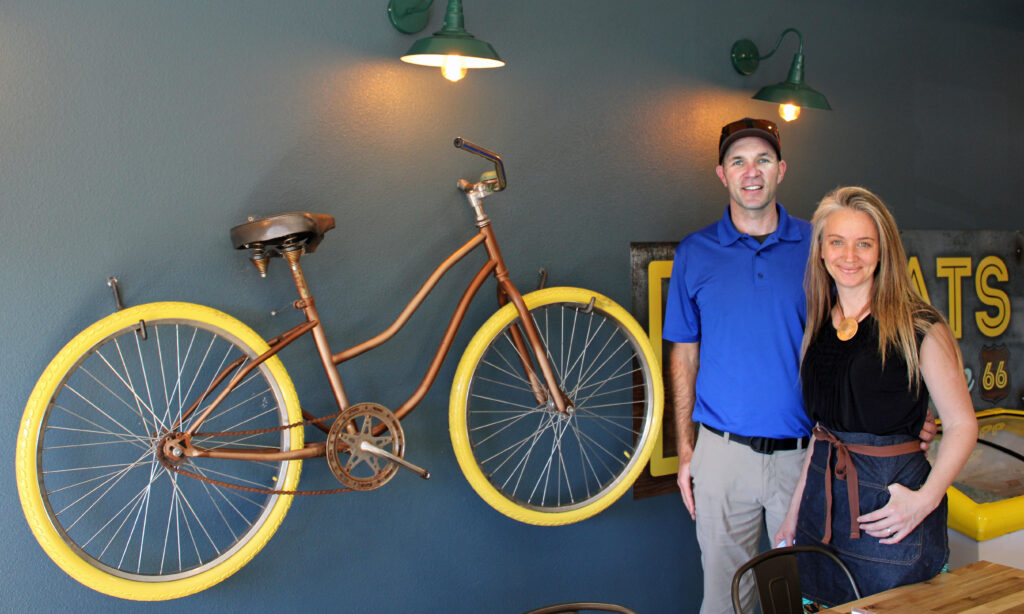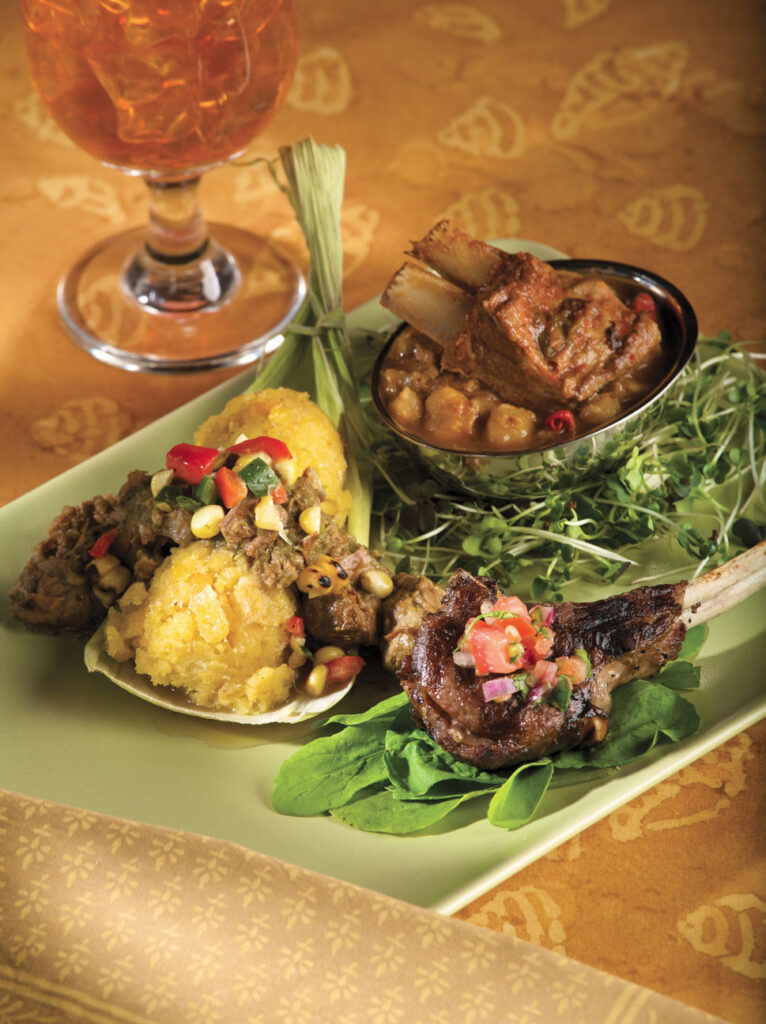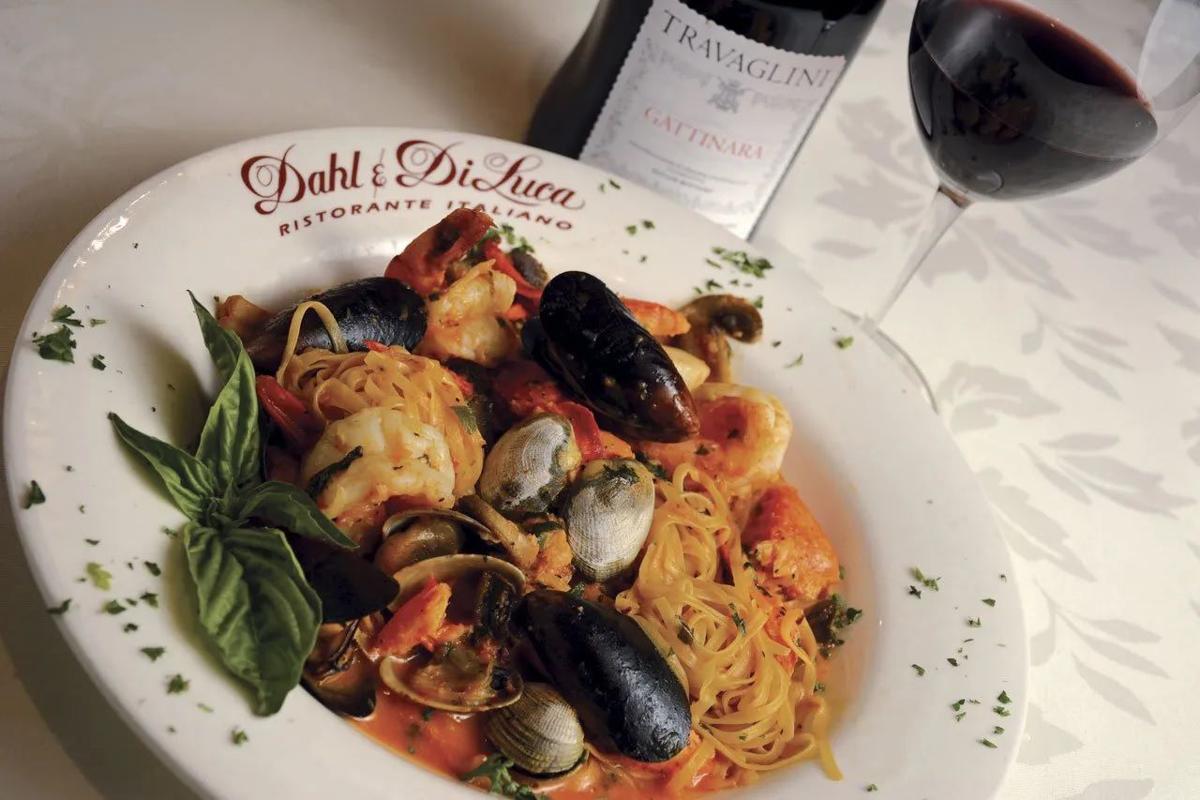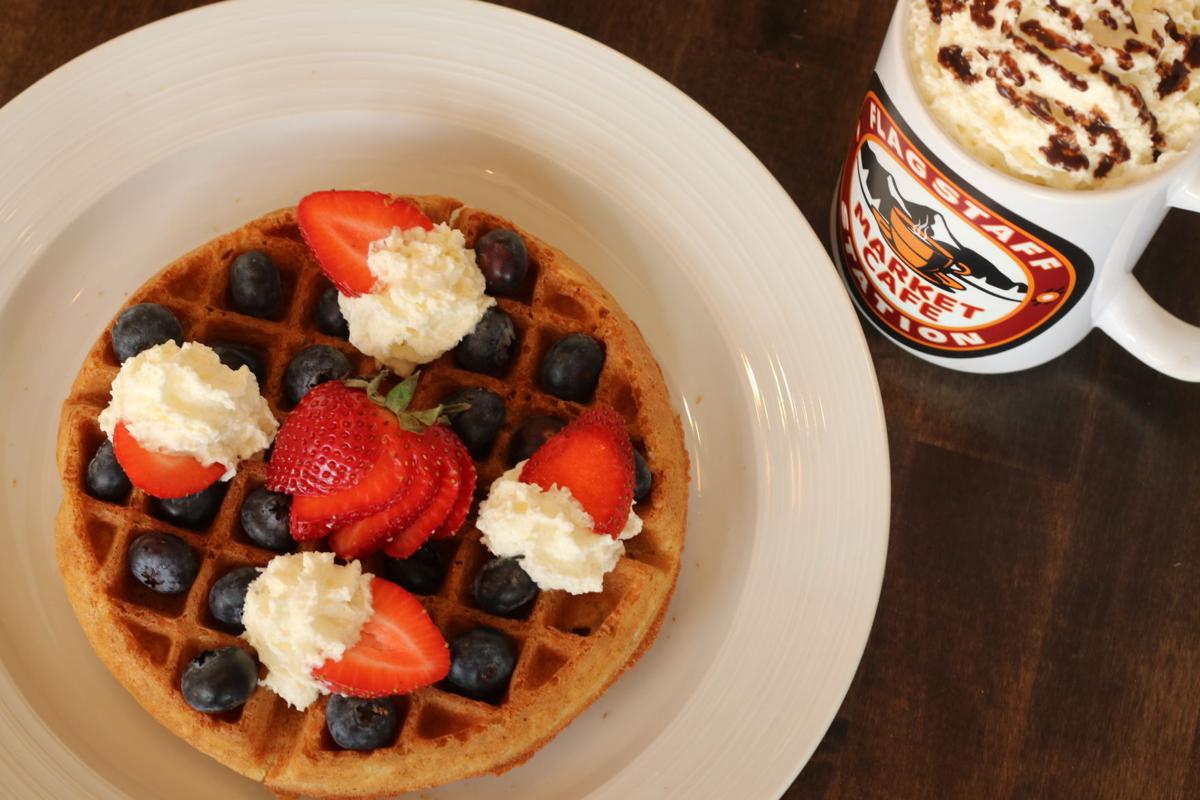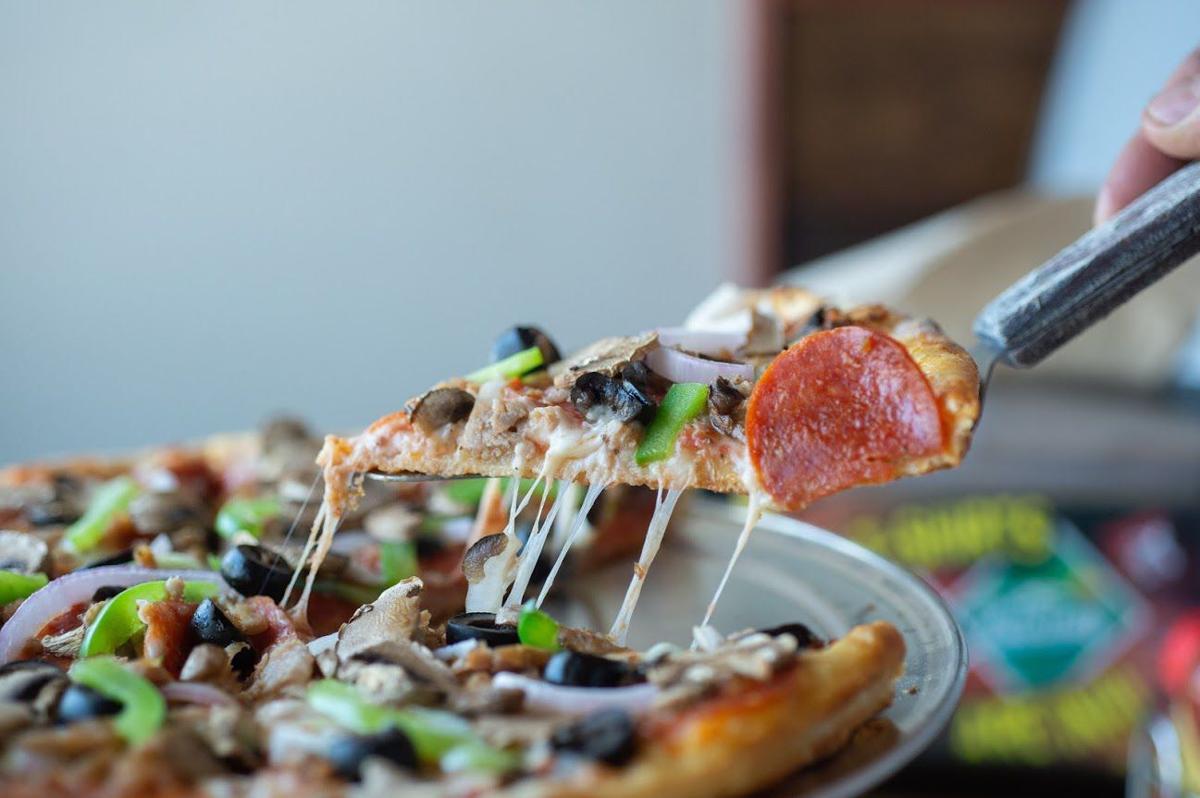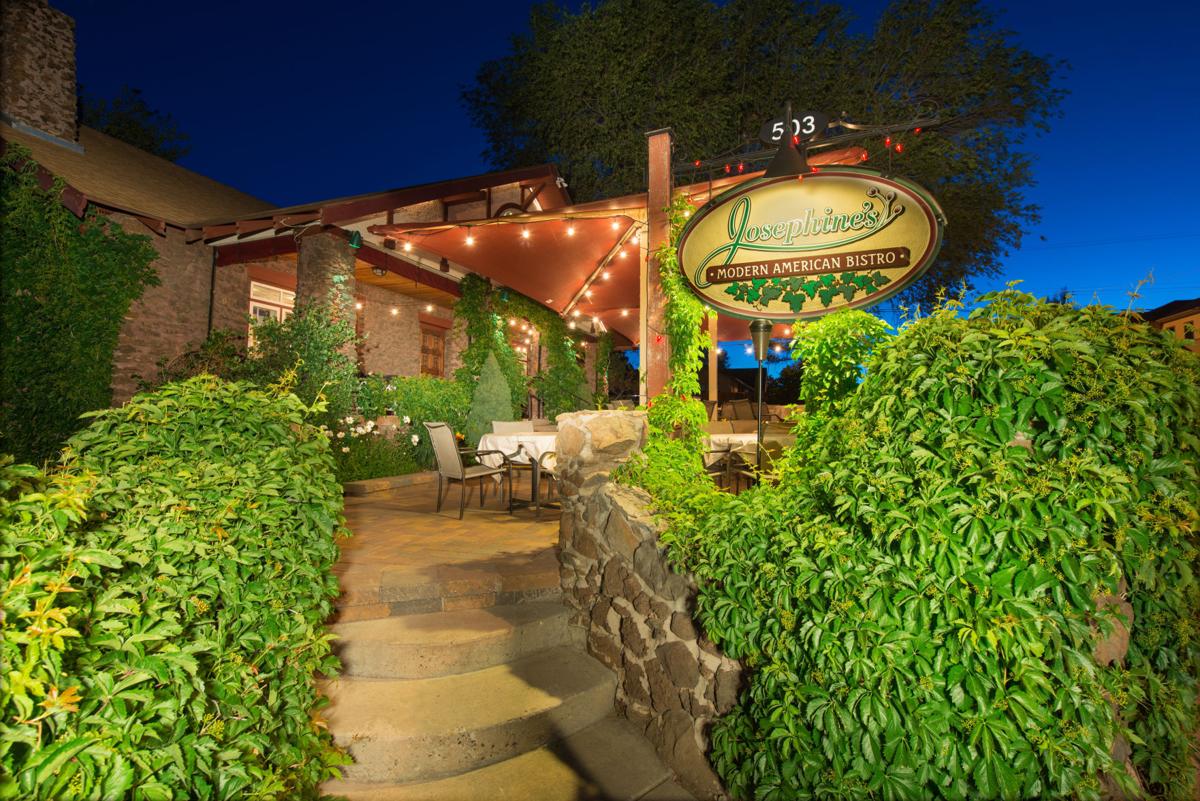Northern Arizona’s Mountain Living Magazine, June 20, 2021
Written by Gail G. Collins
Georgette Quintero has consistently looked for creative solutions. When opportunities arose—like her daughter attending Northern Arizona University, finding space to store supplies for her food truck business or securing a commercial space during the pandemic while other businesses struggled—Quintero found a way forward.
“I go the extra mile, think outside the box and always ask the question, ‘What is the next step?’” she said.
As owner of Alejandro’s Mexican Food, the newest eatery on Heritage Square in Flagstaff, Quintero thrives on change. And as a family, they are in it together. College initiated their move from Phoenix to Flagstaff; everyone came with her daughter, Quintero said simply. Her children, Alejandro and Ariana, are adults now and work in the business, while high-schooler Joey helps out.
Alejandro’s Mexican Food opened softly in April with much maneuvering behind the scenes. COVID-19 made it complicated, but was not an excuse. Quintero had been searching for retail space for months, hoping to buy, and lease negotiations took time. With situations strained in 2020, landlords gave breaks to current tenants to hang on, but there were no concessions for new ventures coming in behind them.
The shift from Italian restaurant to Mexican cantina was straightforward and practical with a full kitchen and stylish seating in place from the previous tenant.
“It was already turn-key down to the colors,” Quintero said. “Green, white and red—the Italian flag has the same color blocks as the Mexican flag.”
Alejandro’s, named for her oldest son, began as a food truck in the fall of 2017. Reputation increased the reach to two trucks, based on a solid selection of burritos and street tacos with handcrafted fillings. Nachos, quesadillas and carne asada, which continues to earn raves, rounded out her recipe for a successful business model.
Running a food truck is much harder than operating in a fixed location, according to Quintero.
“There is only so much electricity, water and sufficient space to store food,” she said. “We needed to expand and grow.”
Gaining the café at Coconino Community College gave her a dedicated kitchen for the first time. Still, from the start, the plan was always to open a brick and mortar restaurant. What sets Alejandro’s apart is the striving for continuous improvement, making menu upgrades regularly.
“The recipes evolve because I’m tweaking them over time at 9 or 10 at night after we close—it’s hard on my weight,” she said with a laugh.
Each night, Quintero plays food critic, sampling a dish as it is presented to customers with a beverage. Then, the brainstorming on ingredients or garnish or… Recently, fried ice cream was the project. It begins with a taste goal, a list of ingredients and decisions—cornflake or bread shell? Such assessments stimulate Quintero.
The new sit down, upscale presentation of familiar fare includes signature carne asada, plated as steak with rice, beans and a garnish of spider-sliced peppers. House burros, chimichangas, tacos or tostados are stuffed with a choice of carne asada, carnitas or pollo, and come fully loaded with extras, like guacamole, plus rice and beans. The trendy birria taco is sweet, sour, spicy and savory slow-cooked beef.
Ceviche is the Mexican answer to sushi with shrimp marinated in lime juice plus cucumber, tomato, onion, cilantro and queso fresco—a lively, summer choice. More seafood and oysters will expand customer options.
The flan is a distinct recipe of smooth custard, strawberries, chocolate sauce and fresh whipped cream. It’s almost too lovely to eat, but too marvelous to miss. Or be a kid again and order ice cream with a churro.
Handmade beverages offer quality, such as horchata, a traditional rice-based drink, sweetened and shot through with cinnamon. Agua de Jamaica is a tart and refreshing tea of hibiscus flowers. Agua frescas chase away thirst, but a liquor license will bring additional alternatives to Alejandro’s. The michelada, made with light beer, like Tecate or Modelo, and mixed with tomato juice, lime and Worcestershire is bloody Maria, the perfect pick for brunch.
Alejandro’s is open for a filling, budget breakfast, lunch and dinner every day, except Monday, from 10 a.m. to 8 p.m. Like the proprietor, it’s a flourishing phenomenon.
Quintero’s business card lists all of the hats she wears: Owner, Marketer, Head Chef, Baker. She is nothing if not determined. Plus, during the pandemic when school was closed, her food truck fed any child who could not afford a meal.
“We work hard; we are nonstop soldiers,” she said. “We are transitioning to a restaurant—please, be patient with us, and it will be fantastic.”
There is no doubt. NAMLM

